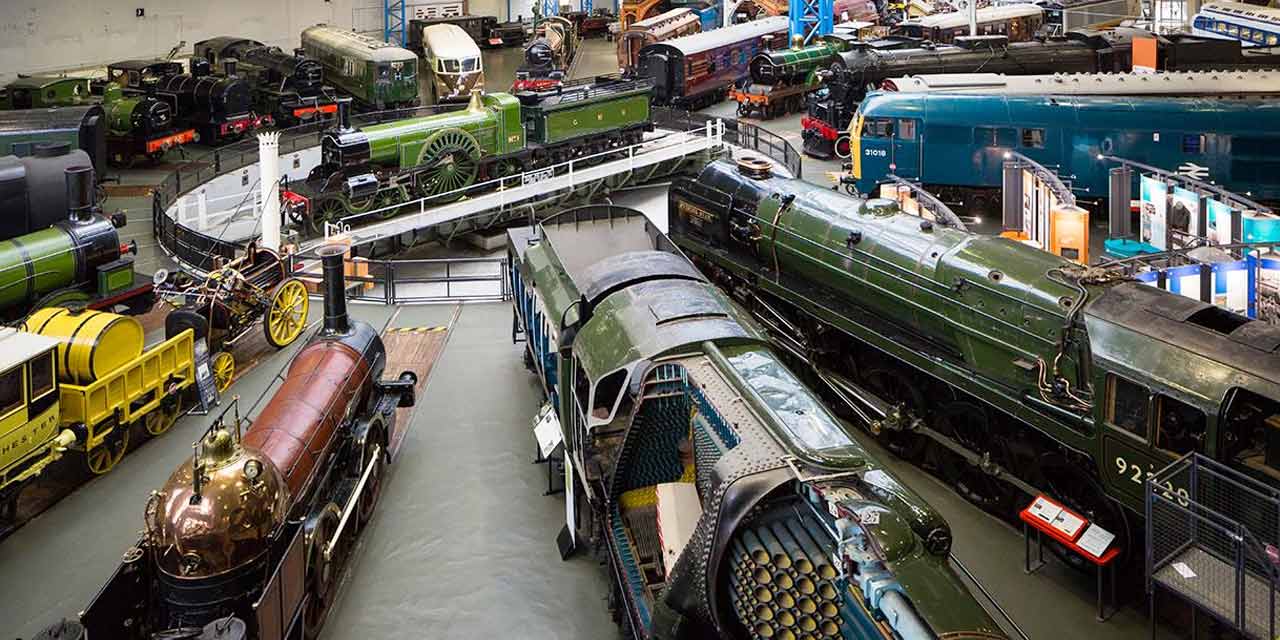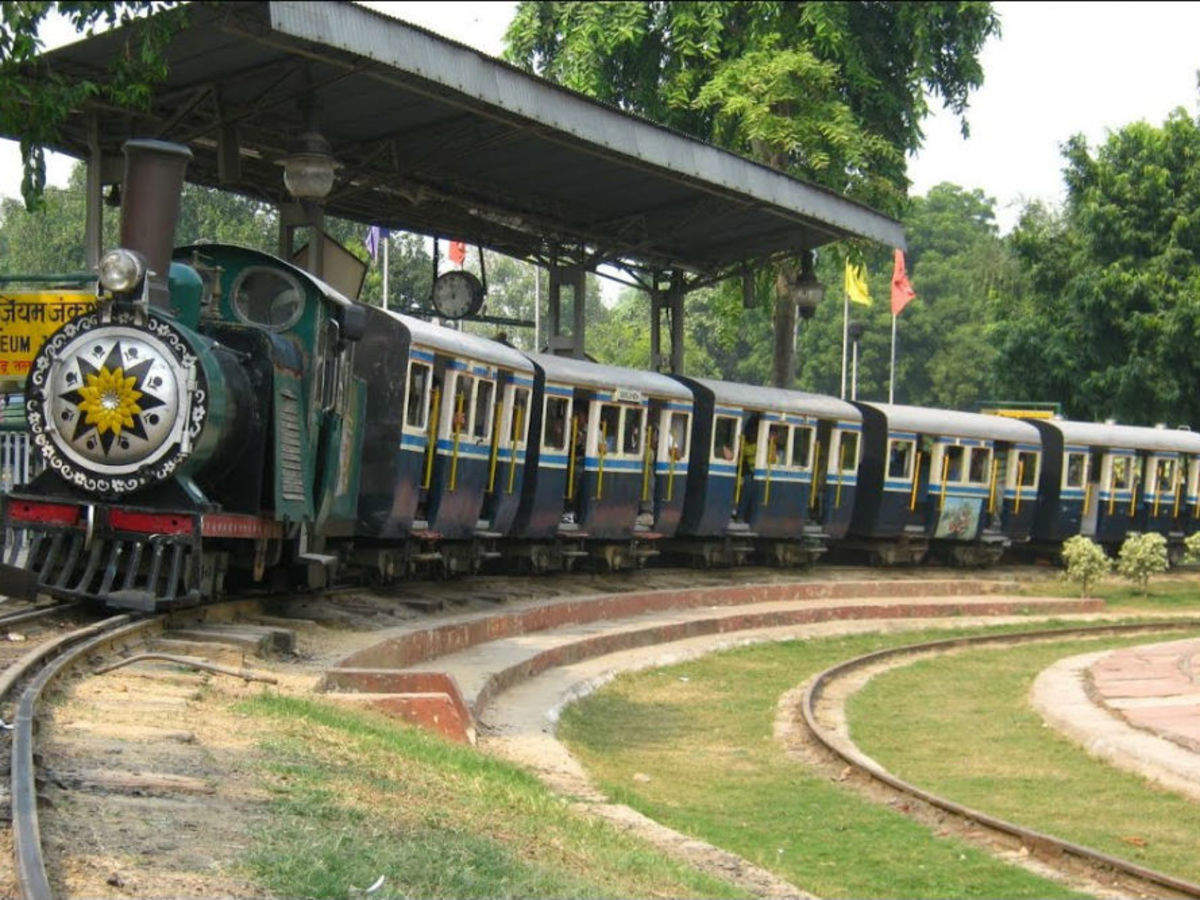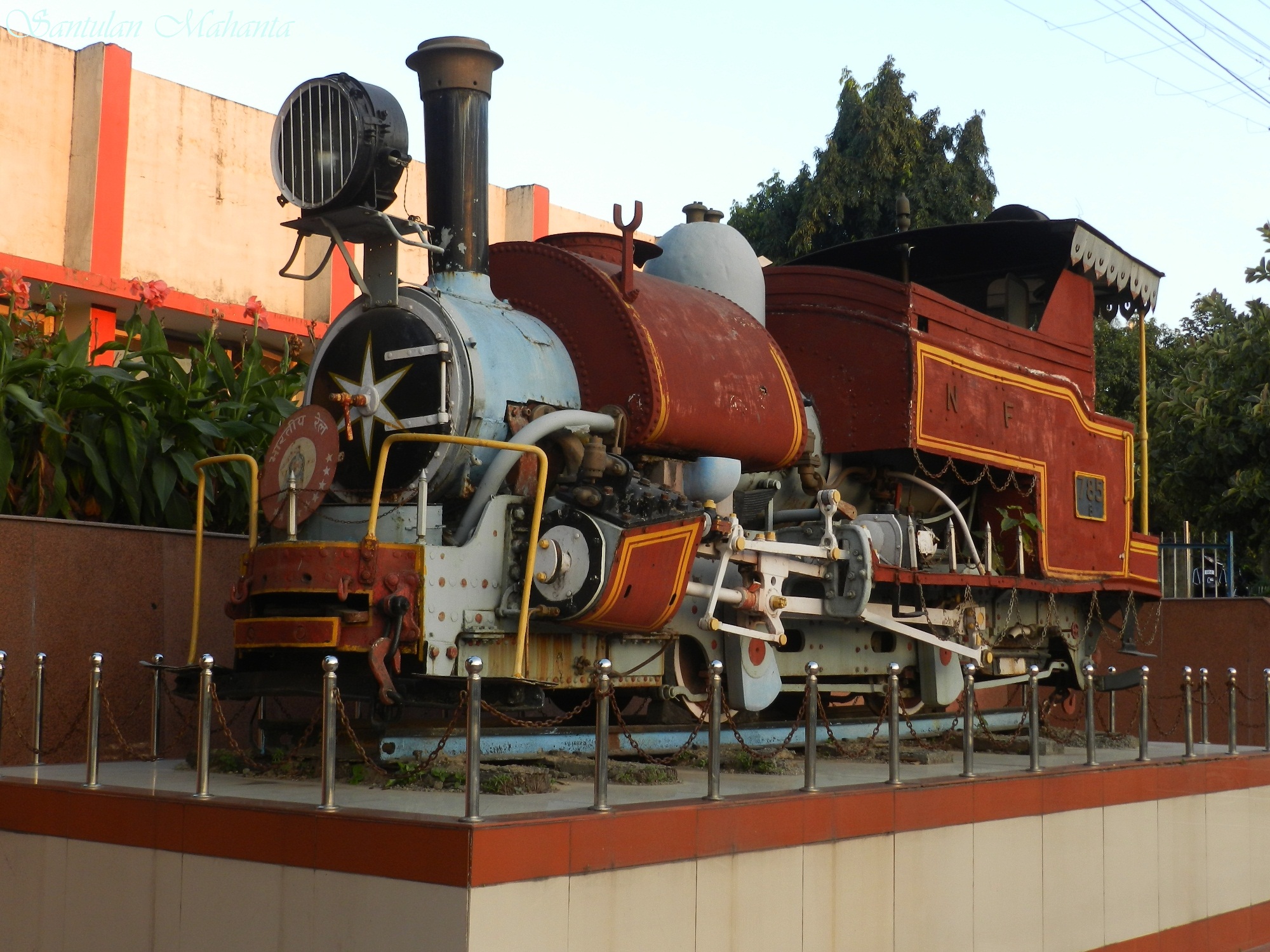Railway Museum
INDIAN RAILWAY MUSEUM
Indian Railways has a history that spans back over 160 years. The age of steam, like the rest of the world, has passed into history (with a couple of notable exceptions – DHR and NMR). However, there is a history of the preservation of railway history and heritage that stretches back to the early 20th century. Railway companies have retained locomotives that they deemed historically important which they put on plinths at stations and workshops (the famous Fairy Queen and its lesser known but just as important sister Express survive because they were retained and preserved at Howrah station as long as go as 1943).

National Rail Museum, New Delhi
India’s first dedicated railway museum opened on 1st February 1977. It houses the largest collection of preserved locomotives in South Asia.




The National Rail Museum, New Delhi represents the splendid more than 166 years of the rich heritage of the Indian Railway sprawling in over 11 acres of land. Emulating the setting of a railway yard, the extensive outdoor gallery houses a variety of steam, diesel, and electric locomotives along with a fascinating collection of royal saloons, wagons, carriages, armored trains, rail cars, and a turntable. These original life-size exhibits have been well-maintained and restored. Interactive displays and models exhibited inside the Indoor gallery display the remarkable stories related to early modes of transportation to date and future endeavors in Indian Railways. There are also some remarkable collections of historical photographs, documents, railway artifacts, static exhibits, antiquated items, and old furniture which enhance the experience of around 05 lakhs visitors every year and envisioned them how a single investment of the Indian Railway helped in unification and progress of India as a nation.


National Rail Museum primarily focuses on preserving the rail heritage of the country. It boasts of having the rarest and most unique exhibits on its premise. The Patiala State Mono Rail Tramway (PSMT) is perhaps the oldest monorail concept started in 1907 and NRM is in proud possession of the only steam mono rail locomotive and coach in working condition. The oldest working steam locomotive “ Fairy Queen” is one of the exhibits and figures in the Guinness Book of World Records. More than 100 years old and the only solid rubber tyre working vehicle “John Morris Fire Engine” is on display.

Regional Railway Museum, Mysore

The Railway Museum was set up in 1979 by Indian Railways. The museum is an inverse of the Central Food Technology and Research Institute on Krishnaraja Sagar Road. It has trains and a display of photos and artistic creations delineating the development of railways in India. Railway flags and lights are also shown. The museum has a battery-worked smaller than expected train giving a short ride for kids on the grounds.
.jpg)
The museum is an outdoor exhibit of vintage locomotives of India. The setup even features details such as signals and lights. The museum also features a wall adorned with pictures and paintings of the development of railways in the country. Parts of the collection were originally in Mysore Palace, later moved to the current location. Carrying on the legacy of train museums, a functional toy train is available for rides. An interesting display in the museum is that of the Austin Railway car which is an automotive fitted to run on railway tracks to carry inspection officials.

Howrah Rail Museum, Kolkata

This museum was founded in 2006 and is situated around five minutes from Howrah station.

The museum has developed into an acclaimed vacationer goal in Kolkata. There is a striking assortment of saved old and uncommon steam motors, electric trains, tracks, and flags. These are ideal mediums to feature the advancement of the railways in India. Visitors visit here to investigate the historical backdrop of Indian Railways just as to make the most of their time with loved ones.

It showcases the history of the Railways specific to the eastern regions of India. The museum consists of a photographic wall walking you through historically significant events along with models of trains. The large compound in the structure is sprinkled with kiosks that focus on particular aspects of locomotives. These include electrical items, personnel uniforms, time-keeping, and even postage stamps! The museum also offers rides on a toy train and is easily accessible from the Howrah Station itself.

Chennai Rail Museum, Chennai

The museum opened on April 16, 2002 in the furniture department of the Integral Coach Factory (ICF) near Perambur.

The 6.25-section of land (2.53 ha) museum has specialized and heritage displays, with a sizable assortment of steam motors from the British Raj. It also has vintage mentors, (for example, Ooty trains), which were endemic on Indian railways. The vast majority of the more seasoned models were produced by the North British Locomotive Company, with certain trains in the assortment going back over a century.

It details the technical aspects as well as the heritage of locomotives. It houses an impressive collection of steam engines that ran during British rule in India. Additionally, it also has a working scale model of trains and the rare artifacts found on them. Vintage coaches can also be viewed here. The outdoor, as well as indoor displays, ensure a complete coverage of the subject.Toy-train rides are accessible, and a revamped indoor workmanship display is available to the general population. The museum is overseen and kept up by the ICF.

Ghum Railway Museum, Darjeeling

Ghum Railway Museum is situated at the Ghum railway station premises. The museum room is directly over the Ghum station.

Ghum (also spelled as Ghoom) is the nation's most elevated rail station at a height of 7,400 ft. The other two DHR museums are situated at Kurseong and Sukna.

In 1999, the well known thin measure Toy Train of Darjeeling Himalayan Railway was agreed on the UNESCO World Heritage status. Furthermore, The Ghum Museum was established in 2000 and is open to visitors to showcase its heritage.

Comments
Post a Comment